Technological Advancements
Technological innovations in textile engineering and materials science are significantly influencing the Smart Fabrics for Sports and Fitness Market. The development of advanced materials, such as conductive fibers and moisture-wicking fabrics, enhances the functionality of sports apparel. These innovations enable the integration of sensors and electronics into fabrics, allowing for seamless data collection and analysis. Market data suggests that the smart textiles segment is experiencing rapid growth, driven by advancements in nanotechnology and microelectronics. As manufacturers continue to invest in research and development, the potential for creating more sophisticated smart fabrics increases, thereby attracting consumers who are eager for cutting-edge solutions in their fitness routines.
Rising Health Consciousness
The increasing awareness of health and fitness among consumers appears to be a primary driver for the Smart Fabrics for Sports and Fitness Market. As individuals become more health-conscious, they seek innovative solutions that enhance their workout experiences. This trend is reflected in the growing demand for smart fabrics that monitor physiological parameters such as heart rate, body temperature, and sweat levels. According to recent data, the market for wearable health technology is projected to reach substantial figures, indicating a robust interest in products that integrate smart fabrics. This heightened focus on personal health and fitness is likely to propel the adoption of smart fabrics, as they offer real-time feedback and insights that can optimize performance and recovery.
Growing Demand for Enhanced Performance
The quest for improved athletic performance is a significant factor driving the Smart Fabrics for Sports and Fitness Market. Athletes and fitness enthusiasts are constantly seeking apparel that can provide them with a competitive edge. Smart fabrics that offer features such as compression, breathability, and real-time performance tracking are increasingly sought after. Market analysis indicates that the demand for performance-enhancing apparel is on the rise, as consumers recognize the benefits of investing in technology that can optimize their training. This trend suggests that smart fabrics, which can adapt to the wearer's needs and provide valuable feedback, are likely to see continued growth in popularity.
Sustainability and Eco-Friendly Practices
The growing emphasis on sustainability and eco-friendly practices is emerging as a crucial driver for the Smart Fabrics for Sports and Fitness Market. Consumers are becoming more environmentally conscious and are seeking products that align with their values. Smart fabrics that are made from recycled materials or that incorporate sustainable production methods are gaining traction. Market data indicates that the eco-friendly apparel segment is expanding, as brands respond to consumer demand for sustainable options. This shift towards sustainability not only appeals to environmentally aware consumers but also encourages manufacturers to innovate in the development of smart fabrics that minimize environmental impact while maintaining high performance.
Increased Participation in Sports Activities
The surge in participation in various sports and fitness activities is a notable driver for the Smart Fabrics for Sports and Fitness Market. As more individuals engage in sports, there is a corresponding demand for apparel that enhances performance and comfort. Smart fabrics, which can provide features such as temperature regulation and moisture management, are becoming increasingly popular among athletes and fitness enthusiasts. Recent statistics indicate that the number of people participating in organized sports has risen, suggesting a growing market for specialized sportswear. This trend indicates that consumers are willing to invest in high-quality, technologically advanced fabrics that can support their athletic endeavors.



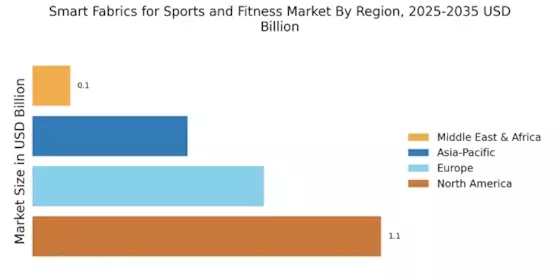
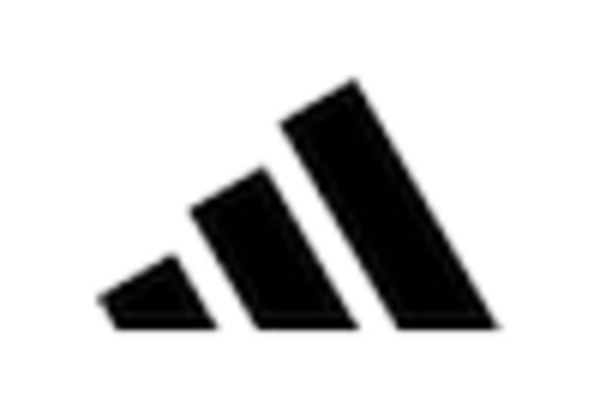
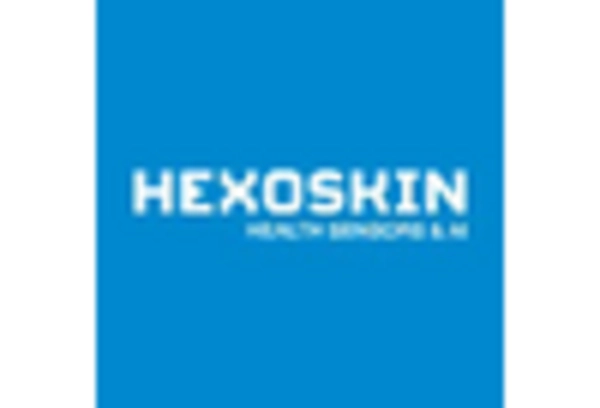
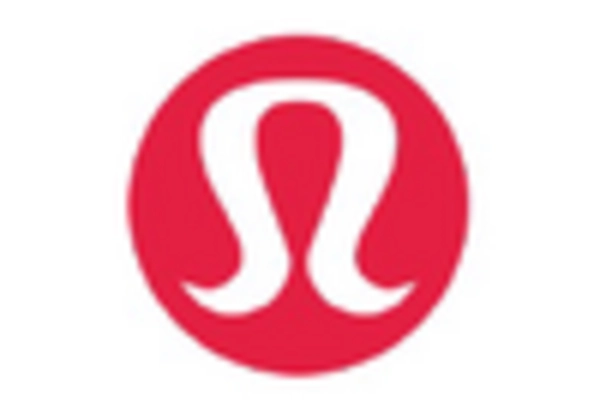
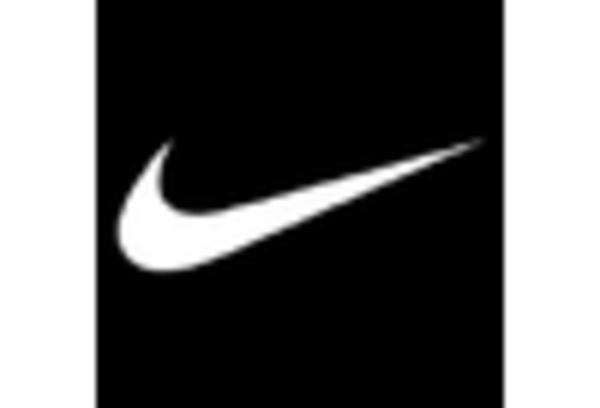
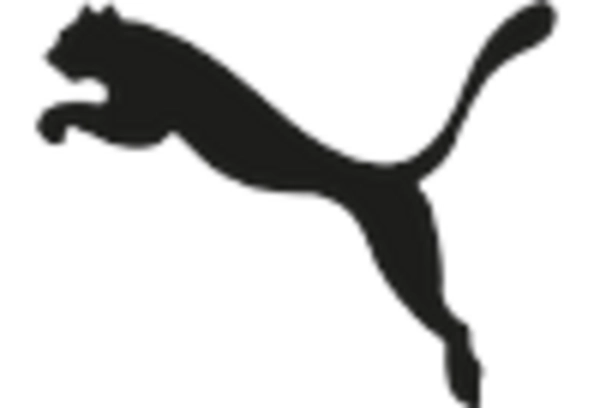
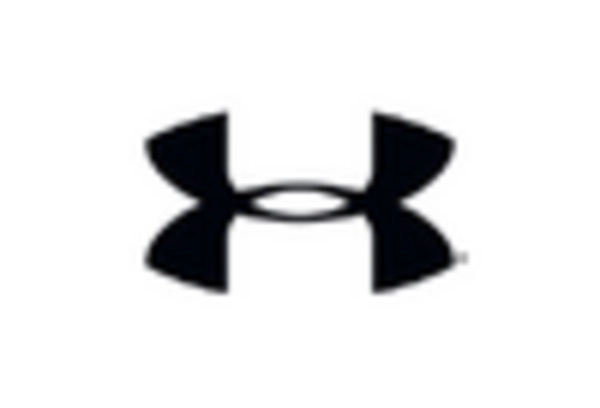








Leave a Comment